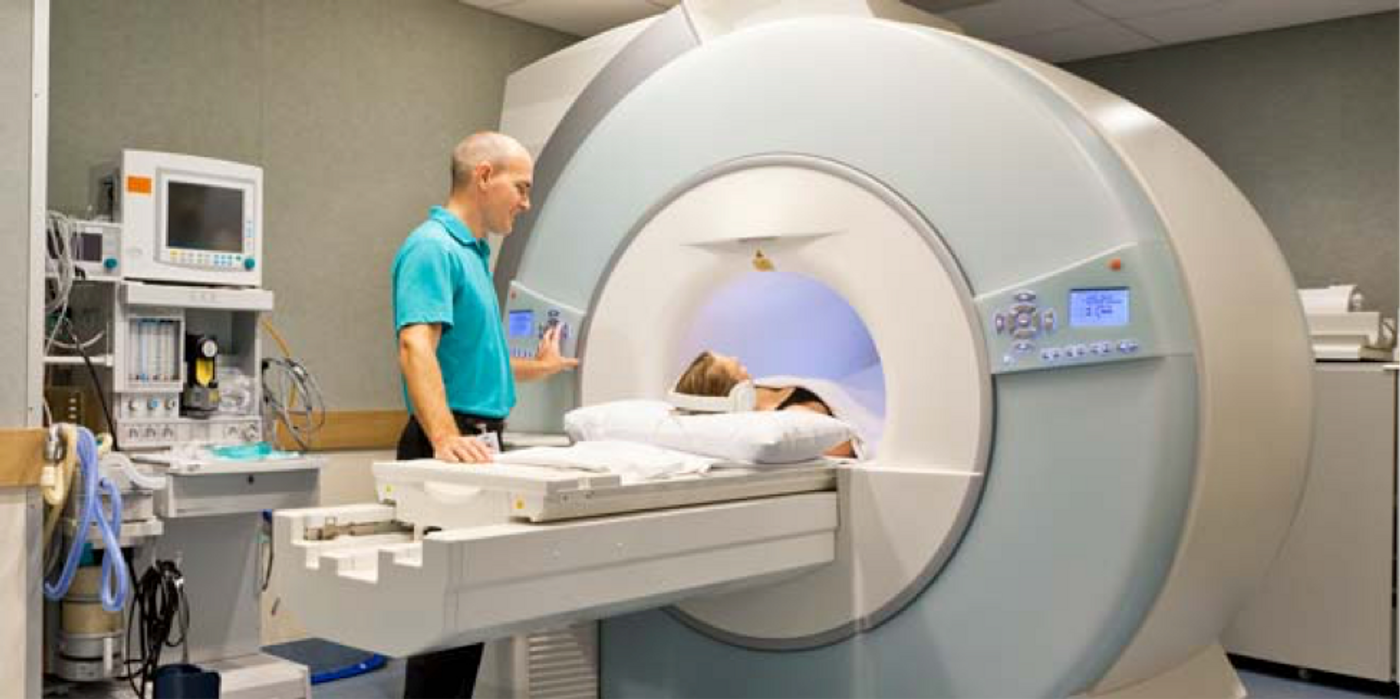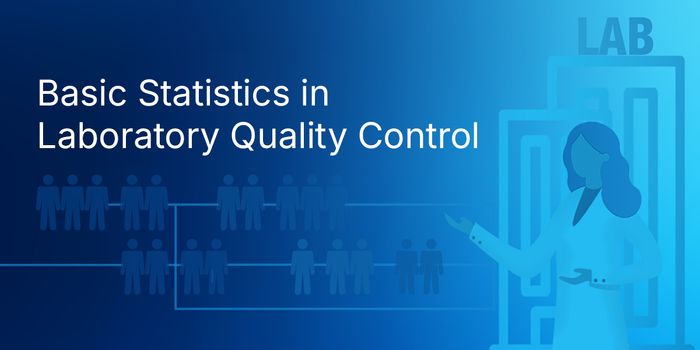Computed tomography (CT) scans can often be life-saving medical procedures, but do we really understand the risks involved? As it turns out, even our healthcare providers are vague on the knowledge about radiation doses and associated risks.
A
recent study in the
Journal of Medical Imaging and Radiation Sciences surveyed healthcare providers to assess their knowledge and beliefs about radiation risks from CT scans. They found that though most people realize the risk of ionizing radiation and what it meant for the body, most underestimate their exposure doses. The study was conducted in Saskatoon, Saskatchewan.

We are exposed to radiation from natural sources every day, all the time. These contribute to a “background” radiation dose of about 3 millisieverts (mSv) per year (mSv is a measure of the body’s absorption of radiation). A dental X-ray has a low radiation dose of 0.005 mSv, whereas a CT chest X-ray doles about 7 mSv and an abdominal-pelvic CT scan doles out about 10 mSv.
But it’s not as important to know the exact doses as it is to understand the true risks from these procedures. "Underestimating radiation dose from a CT scan is more concerning than knowing the exact dose level, particularly when it is a vast underestimation, as this may lead to minimization of the risk estimate when considering a test," said David Leswick, professor at the Department of Medical Imaging, College of Medicine, University of Saskatchewan.
The concern is magnified as more and more doctors are ordering CT scans routinely. Just in Cananda, 4.4 million CT scans were ordered in 2011-2012. To drive home the importance of radiation exposure to health, a
recent study found that healthcare workers who routinely perform a certain type of radiation-based test are at higher risks for bone problems, cataracts, skin lesions, and cancer.
"Although risk from radiation dose levels in the range of medical imaging procedures is small, it is real as evidenced from atomic bomb survivors and nuclear industry workers showing significantly increased risk of malignancy after exposure to doses in the range of diagnostic CT," said Leswick. "The risk of fatal malignancy may be as high as 1 in 1000 for a 10-mSv exposure (approximate dose of an abdomen-pelvis CT). This risk is significant on a population basis, with up to 2% of cancers in the United States population possibly attributable to CT."
The current findings highlight the real need to reevaluate the best practices in using radiation-based procedures in the medical arena. Furthermore, as techniques and equipment get updated, so should the training given to and expected of medical professionals.
"Unfortunately, healthcare providers including physicians, radiologists, and medical imaging technologists are often not aware of radiation doses for common CT scans," said Leswick. "It is important for healthcare professionals (including referring physicians, radiologists, and technologists) to be aware of radiation dose levels and risks from imaging tests for several reasons, including the ability to weigh the risks and benefits of tests, counsel patients on relevant risks, optimize protocols to minimize radiation dose, and select appropriate protocols to minimize radiation dose."
Additional source:
MNT









